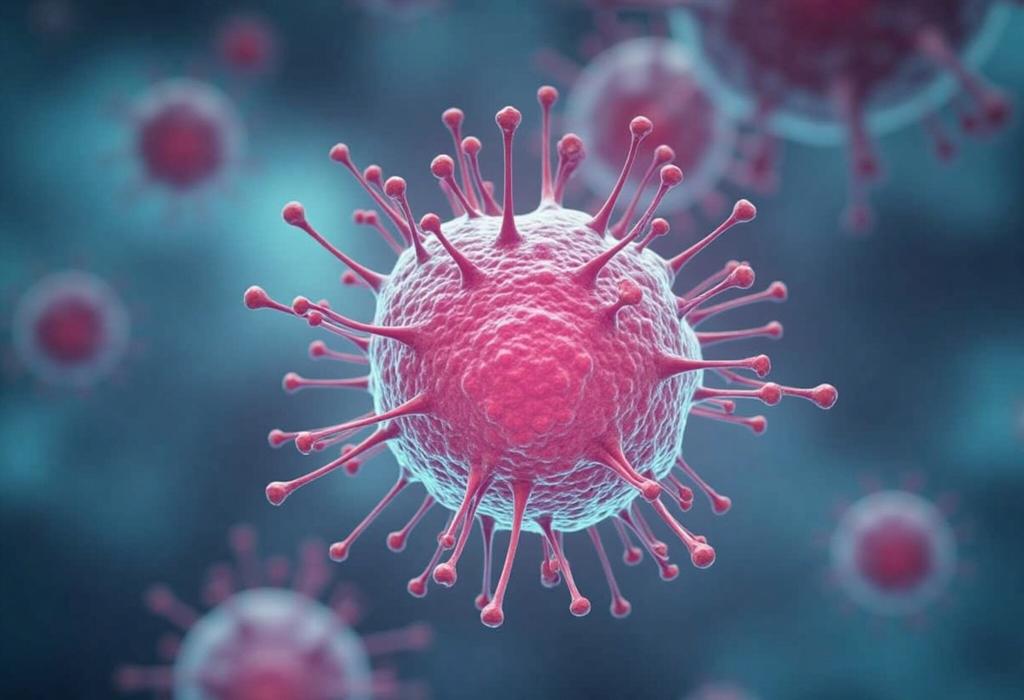In a notable breakthrough for Parkinson’s research, two independent early-stage clinical trials using stem cell-derived neurons have shown encouraging safety profiles and early signals of efficacy. The studies, published in Nature by teams from the United States/Canada and Japan respectively, explored the use of pluripotent stem cells to replace the dopamine-producing neurons lost in Parkinson’s disease. This innovative approach, which builds on decades of stem cell research, not only underscores the safety of the transplantation of these cells into the brain, but also offers hope that the technique might mitigate the debilitating symptoms of Parkinson’s.
The larger trial, conducted by a team at Memorial Sloan Kettering Cancer Center along with collaborators including Weill Cornell, UC Irvine, and the University of Toronto, involved 12 patients with a median age of 67. Patients received injections of stem-cell-derived neurons processed from human embryos. The cells, delivered into the putamen—a key deep-brain structure responsible for motor function—seem to have survived for up to 18 months, with brain imaging confirming increased dopamine production. Improvement in Parkinson’s symptoms was modest but measurable, with those receiving a higher dose showing a more pronounced symptom improvement based on standard assessments.
Meanwhile, the Japanese trial, run by researchers at Kyoto University Hospital, pivoted from adult cells, which were reverted to a pluripotent state and then differentiated into neural progenitor cells. Although the trial was limited to 7 patients aged between 50 and 69, the follow-up over 24 months demonstrated that these cells could integrate into the patients’ brains and contribute to increased dopamine levels. Despite a noted issue with a low survival rate of the transplanted cells—a technical challenge the researchers openly acknowledged—the initial signs of safety and functional gains in some patients are promising.
Experts in the field have reacted with cautious optimism. Malin Parmar, a stem-cell biologist from Lund University, described the findings as a significant leap in cell replacement therapy for Parkinson’s. Similarly, Jeanne Loring of Scripps Research acknowledged that while some patients experienced only minimal improvements, the consistent safety profile paves the way for larger and more definitive studies. Neurosurgeons like Viviane Tabar and Jun Takahashi have emphasized that these early successes, despite the small sample sizes, represent an important proof-of-concept in the ongoing quest for a more definitive and long-lasting treatment for Parkinson’s.
This research comes at a critical time, given that Parkinson’s disease affects millions worldwide and current treatments, while effective in the early stages, inevitably wane over time. The potential to replace lost neurons represents a paradigm shift in how neurodegenerative diseases might be managed in the future. However, both studies and their commentators agree that larger and longer-term trials will be needed to fully assess the efficacy and durability of such treatments. Regulatory bodies, including the U.S. Food and Drug Administration, are already moving forward with approvals for expanded trials.
From an analytical perspective, the reporting on these trials is detailed and presents both the scientific promise and the limitations inherent in early-phase clinical research. The article thoroughly cites source details, including direct quotes from expert scientists and neurosurgeons, and provides information about dosages, patient demographics, and the anatomical targets of the procedures. Moreover, while the excitement of potentially groundbreaking treatment is evident, the text maintains a measured tone by clearly noting the small sample sizes and the need for further study, thereby avoiding undue hype.
In summary, while the news article is built on highly technical and promising research, it responsibly tempers expectations by emphasizing that these results are preliminary. For subscribers interested in advances in neurodegenerative therapies, this represents a significant development worth watching as additional clinical data become available. Further discussion in our community forums is encouraged as we continue to track progress in stem cell-based interventions for Parkinson’s disease.
AD
AD
AD
AD
Bias Analysis
Bias Score:
20/100
Neutral
Biased
This news has been analyzed from 15 different sources.
Bias Assessment: The article is largely objective and fact-based, with a careful balance between reporting promising early results and acknowledging the study’s limitations. The cautious language used by experts and the detailed presentation of data reduce the potential for bias. However, some enthusiastic phrases and a focus on the potential 'breakthrough' of the therapy contribute slightly to an optimistic tone, justifying a modest bias score.
Key Questions About This Article




